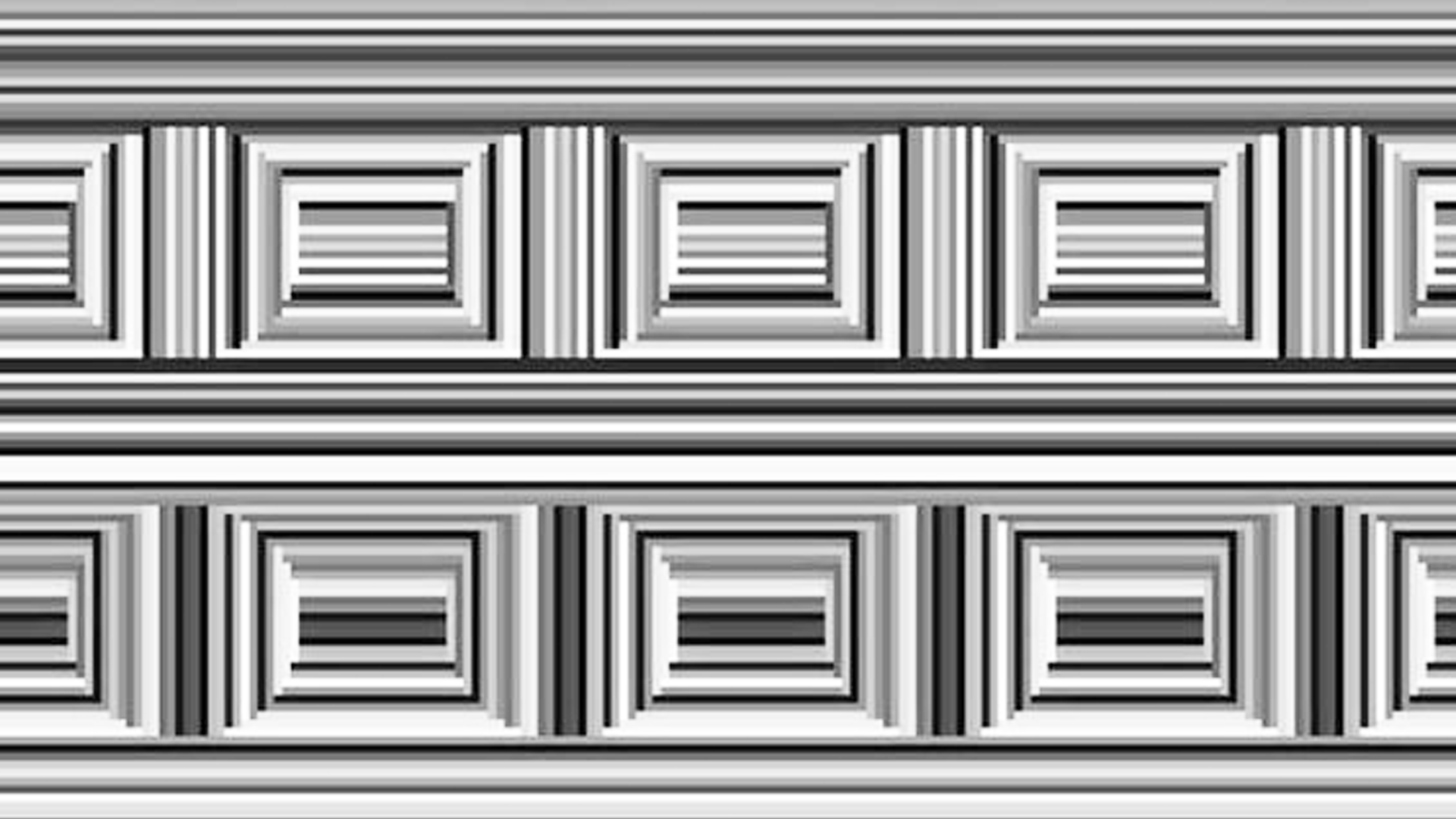
"The coffer illusion reveals how people perceive shapes differently based on their upbringing, highlighting how environment shapes visual interpretation and recognition."
"Individuals from western industrialized countries, exposed to straight lines and angles, primarily interpreted the illusion as rectangles, while rural Namibians saw circles first."
The coffer illusion, comprised of rectangles concealing circles, highlights differences in perception influenced by cultural background. Research by Ivan Kroupin indicates that individuals from the UK and US tend to see rectangles, influenced by their exposure to angular environments. In contrast, people from rural Namibia, accustomed to round structures, predominantly perceive the circles within the illusion. The study suggests that these divergent responses to the coffer illusion indicate broader visual processing variations among different populations.
Read at Creative Bloq
Unable to calculate read time
Collection
[
|
...
]